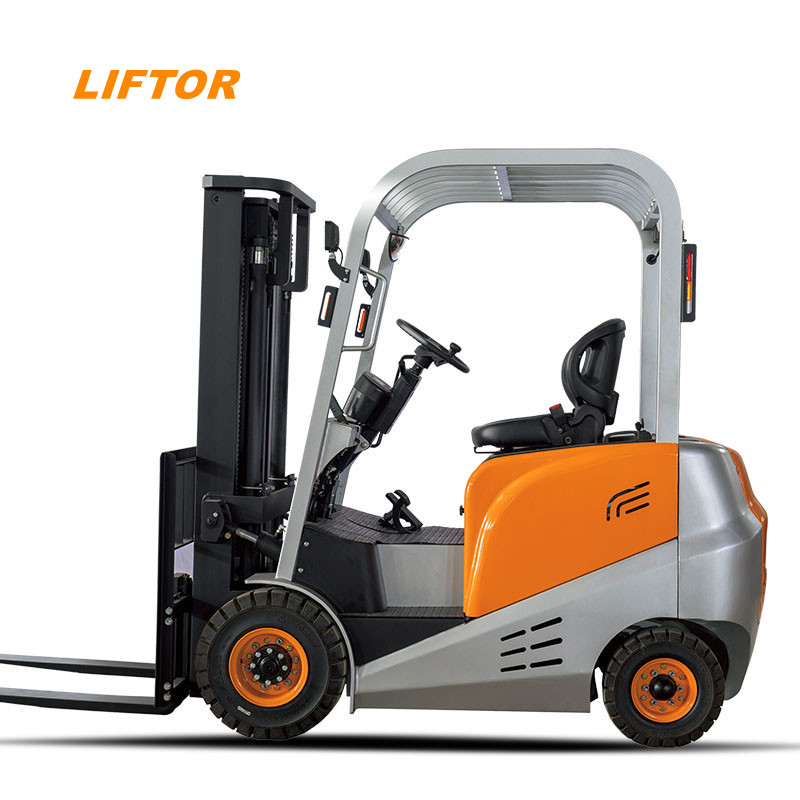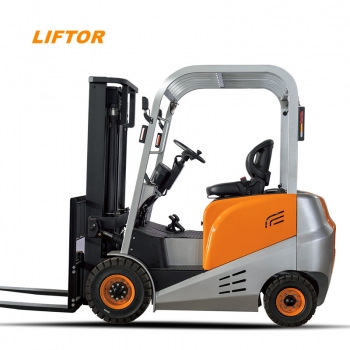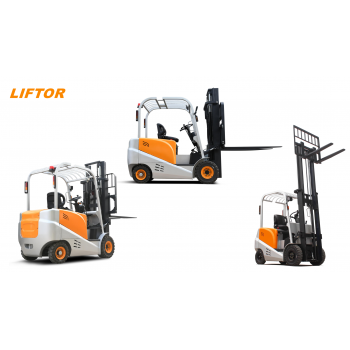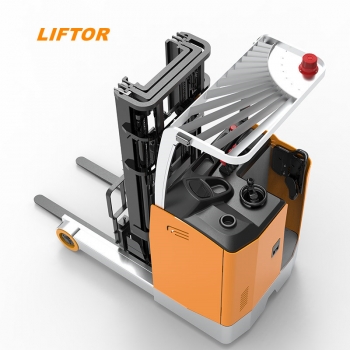
1. Understand the Forklift’s Capacity
Every forklift has a maximum load capacity, and the forks must match or exceed this capacity to ensure safe operation. Exceeding the weight limit can lead to accidents or damage to the equipment. Always refer to the manufacturer’s guidelines and the forklift’s data plate for capacity information.2. Measure Fork Length and Width
The size of the forks should correspond to the type of loads you frequently handle. Here’s how to determine the right dimensions:·
Fork Length: Measure the typical load length to ensure the forks are long enough to support it fully. Standard sizes include 42, 48, 60, and 72 inches.
·
·
Fork Width: Wider forks provide better stability for larger or uneven loads.
·
3. Consider Fork Thickness
The thickness of the forks is crucial for handling heavy loads. Thicker forks are more durable and resistant to bending or breaking. Match the fork thickness to your operational needs and load weights.4. Evaluate Forklift Class
Forks are classified based on the carriage size and mounting system of the forklift. Ensure the forks you choose are compatible with your forklift’s class, which is typically indicated on the equipment’s data plate.5. Choose the Right Fork Type
Different types of forklift forks are available to suit specific tasks:·
Standard Forks: Ideal for general use.
·
·
Block Forks: Designed for handling concrete blocks or bricks.
·
·
Pallet Forks: Specially made for lifting pallets.
·
·
Custom Forks: Tailored for unique or specialized tasks.
·



